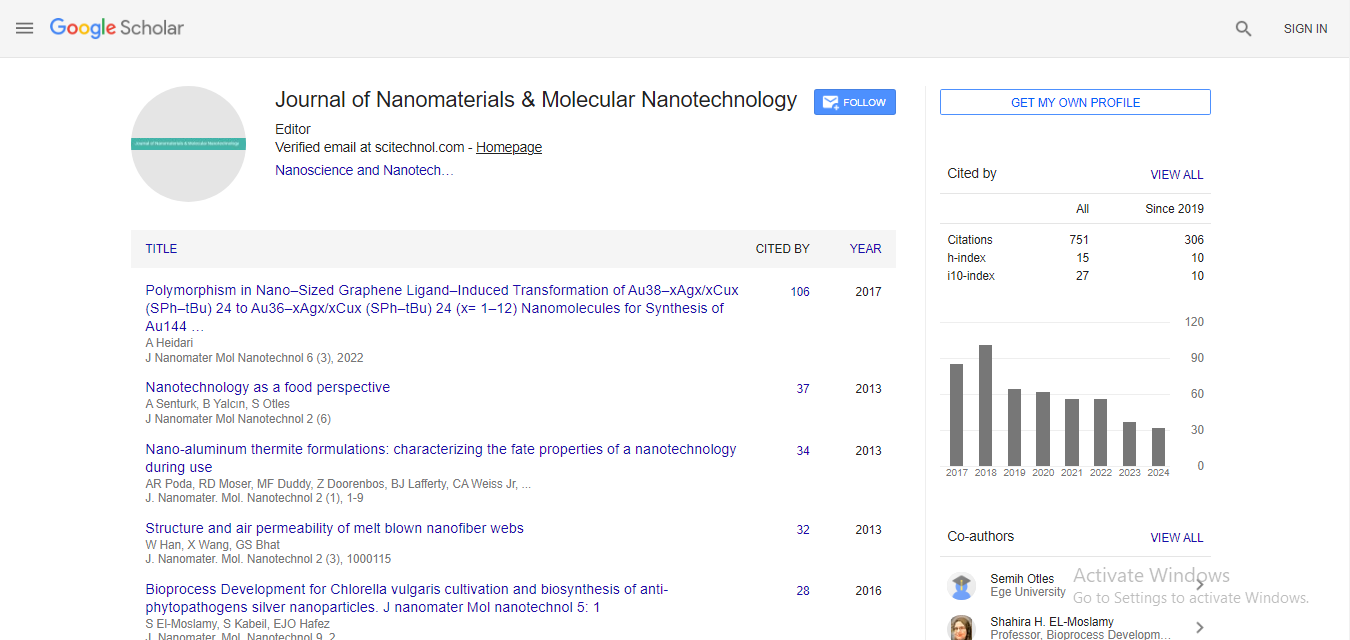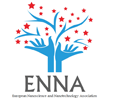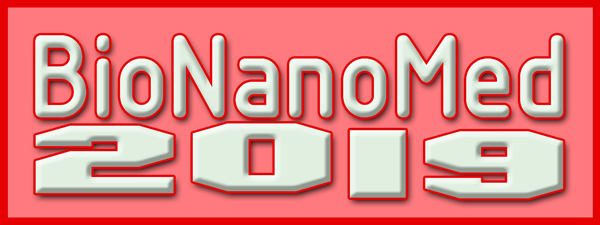Micro-nano-engineered hetero-structures for nuclear applications
Liviu Popa-Simil
LAAS, USA
: J Nanomater Mol Nanotechnol
Abstract
Statement of the Problem: The actual nuclear power decay is due to the fact that the actual technologies are very difficult to further improve to correct the fundamental deficiencies that render the nuclear power, expensive, hard to control, prone to accidents with large consequences, and with a nuclear waste denting legacy, among other issues. Starting since 1980s various R&D actions took place, aiming to bring in harmony the nuclear reactions with the environment hosting them. Based on this ancient philosophy, six families of nuclear materials have been conceived and developed, each dealing with one or more actors inside nuclear power generation realm. Fission products are responsible for the most energy generation and largest damage brought to nuclear fuel, therefore a novel micro-hetero structure have been developed, that self-separates the fission products from the fuel, and reduces to minimum the inflicted fuel damage. The most advanced version of such fuel is generically called “Cer-Liq-Mesh”, made of microbeads of about 20 micron diameter, immersed in a drain liquid, that stops and collects the fission products. A nano-hetero structure have been developed to deal with knock-on electrons resulted from fission product or any other moving particle kinetic energy deposition during stopping by ionization. The structure looks like a supercapacitor, charged by nuclear energy which discharges delivering electricity. Frit like nano-clustered structures are used for enhanced transmutation products separation, while fractal immiscible hetero structures with the property of self-repairing and recovering from radiation damage are developed for structural materials. Nano-structures are also capable of trapping and guiding along radiation as X, gamma and neutrons, being useful for light radiation shielding. Used with embedded NEMS may create microsecond response time criticality control systems. Nano-structures may in some condition produce active quantum environments where a low energy transition may trigger a high energy quantum reaction, opening the way in entanglement and long range quantum state teleportation.
Recent Publications:
1. L.C. Brown, Direct Energy Conversion Fission Reactor. Annual Report To The U.S. Department Of Energy, 2000. GA–A23593.
2. Popa-Simil Liviu, Accelerator Enabled Nano-Nuclear Materials Development. AdvNanoEnergy, 2017. 1(1): p. 1-12.LiX, SchwachaMG, ChaudryIH, ChoudhryMA (2008)Acutealcohol intoxication potentiates neutrophil-mediated intestinal tissue damage after burn injury. Shock 29:377.
3. Sekimoto H., 'CANDLE' burnup regime after LWR regime. Progress in Nuclear Energy, 2008. 50(2-6): p. 109-113.
4. L. Popa-Simil, Micro and nano flow usage in future nuclear reactors. Nanotech 2007, 2007. 3(4): p. 395 - 398.
5. Popa-Simil L., Novel nano-engineered materials boosts the fuel cycle and nuclear power applications. Actinide and Fission Product Partitioning and Transmutation, 2017. Nuclear Sciences, NEA/NSC(R3): p. 331.
Biography
Dr. Liviu Popa-Simil, is the Executive Director of LAAS - Los Alamos Academy of Sciences, which strives to serve the public good by promoting science and innovation and the president of LAVM LLC, a private company developing nano-nuclear materials and THz applications as security systems. He is a nuclear engineer physicist, graduating from the Nuclear Engineering Faculty in Bucharest, Romania, specialized in Fast Breeder Reactors Physics and Engineering, and with dissertation work in Laser-Plasma Jet Nuclear Materials Enrichments. Since 2002, he has worked for Los Alamos National Laboratory, developing Real Time Radiography methods, and then, developed advanced nuclear fuel cycle as part of AFCI program, previously being a senior researcher, program manager NIPNE-HH, in Bucharest Romania, specialized in accelerator applications and nuclear materials. He authored books on Kindle e-Book and iTunes on nano-nuclear materials, strategic space applications, climate change, transportation, supercomputers, etc., and he has filed patents on resistive spot welding, nuclear materials, THz imaging, ballistics, medical devices, etc. He has also contributed more than 300 peer-reviewed articles to professional journals, wrote chapters for several books on novel nuclear materials, super-computers, etc. and speaks at approximately three to four conferences per year. He gave more than 500 talks, several keynote speeches, many invited talks, and hundreds of seminaries and presentations. For more please use web search or the links:https://www.24-7pressrelease.com/press-release/449225/liviu-popa-simil-phd-presented-with-the-albert-nelson-marquislifetime- achievement-award-by-marquis-whos-who
 Spanish
Spanish  Chinese
Chinese  Russian
Russian  German
German  French
French  Japanese
Japanese  Portuguese
Portuguese  Hindi
Hindi 



